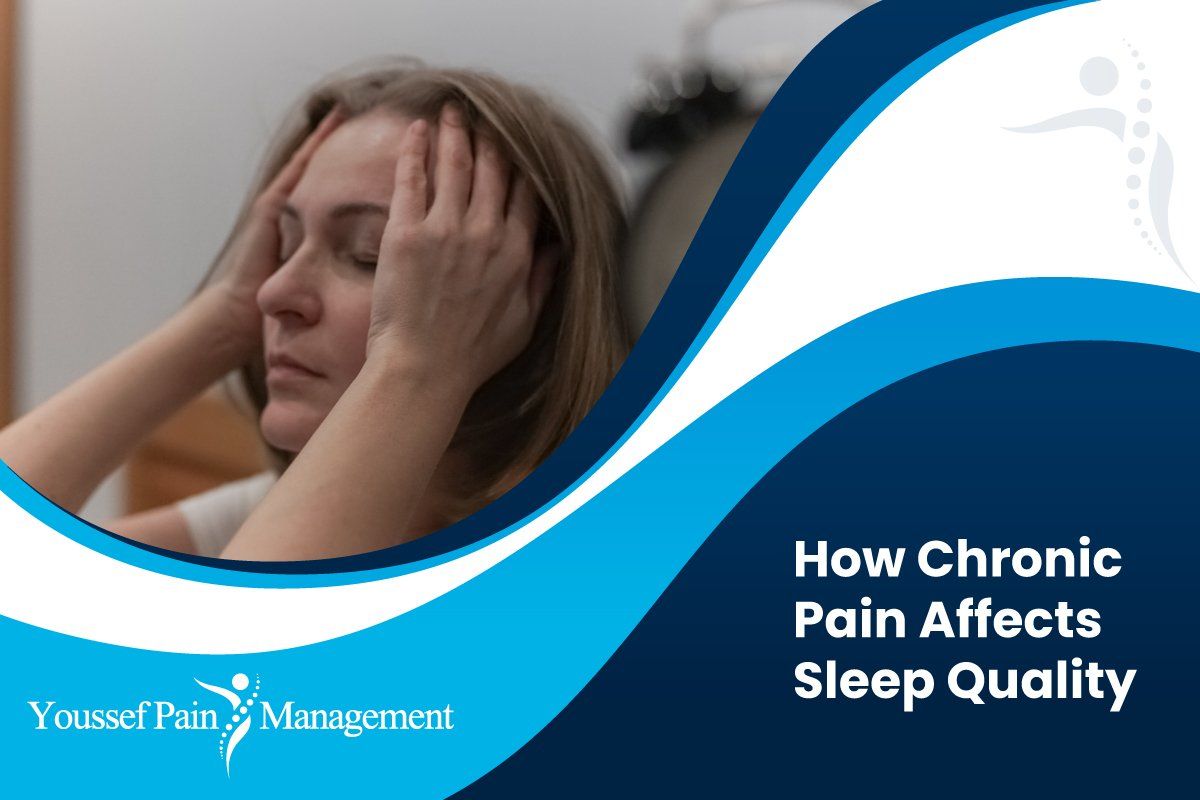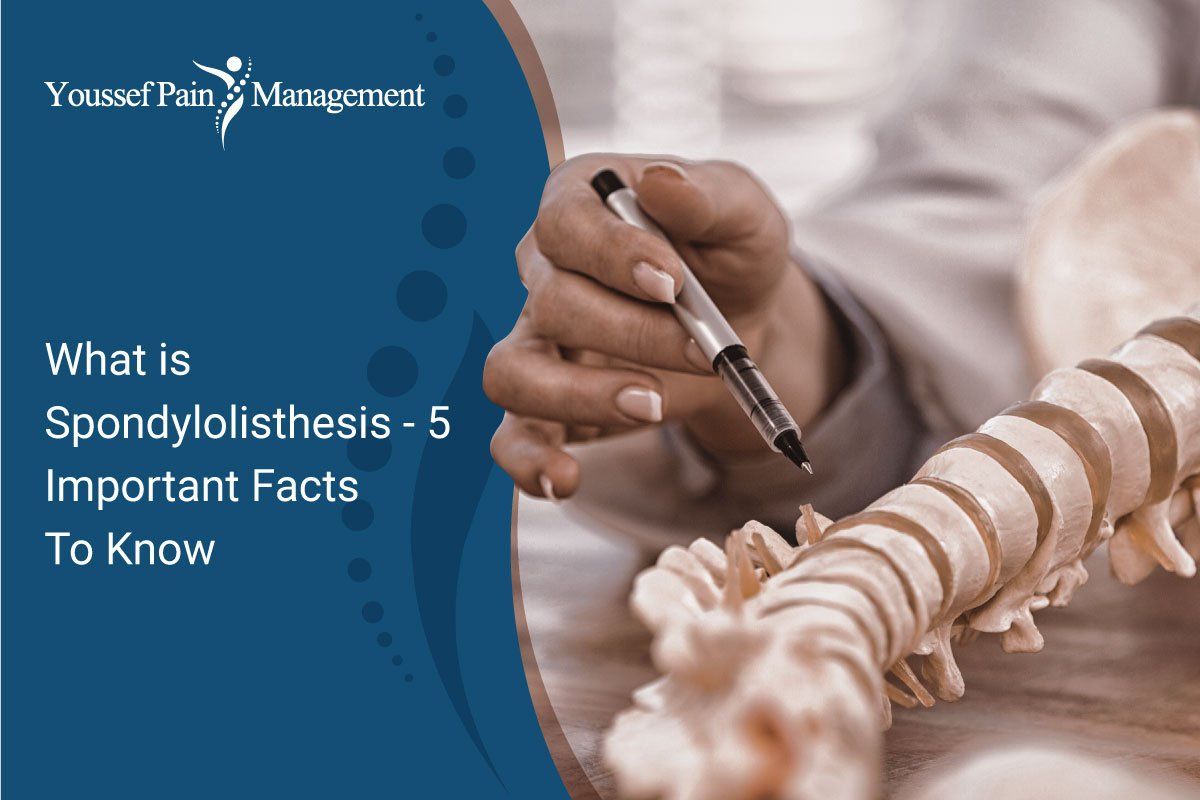When Should You Worry About Pelvic Pain?

The prevalence of chronic pelvic pain among women of childbearing age varies from 14% to 32% worldwide. Inconveniences like these aren't minor. In fact, experiencing pelvic pain can make daily activities such as work and exercise difficult. Daily pelvic pain is alarming and a sign of a major health problem.
Here, we learn what pelvic pain is and when you should worry about it.
What Is the Pelvis?
Anatomically, the
pelvis is a basin-shaped bone complex that connects the trunk and legs, supports and balances the trunk, and contains and supports the intestines, urinary bladder, and internal sex organs.
In the pelvis, there are three bones: the hip bone, the sacrum, and the coccyx. In addition to connecting the axial skeleton to the lower limbs, these bones also
support the upper body. Additionally, they serve as attachments for many muscles and ligaments in the pelvis and lower extremities.
- Sacrum. This bone is located below the spinal vertebrae and posterior to the pelvis. Five sacral vertebrae fuse to form the sacrum, which transmits sacral nerve fibers.
- Coccyx. Generally referred to as the tailbone, it is the smallest bone in the pelvis and sits inferiorly to the sacrum. It has no function but acts as an attachment point for a few muscles and ligaments.
- The hip bone comprises the ilium, pubis, and ischium. At birth, they are separated by cartilage and fuse during puberty.
- Ilium. It is a broad, flaring portion of the hip bone (the crest of the pelvis).
- Ischium. A bone that helps form the hip.
- Pubis. A hip bone's lower posterior portion.
What is Pelvic Pain?
Women
commonly experience pelvic pain. There is no clear cause for it; the intensity and nature of the pain can vary from woman to woman. However, some cases do not show any signs of disease.
There are two types of pelvic pain: acute, which is sudden and severe, and chronic, which is constant, lasting for months or years.
Chronic pelvic pain occurs when pain persists for more than six months and does not improve with treatment. The pain may originate in the genital system or its surrounding organs, or it may be psychological. Without any physical issue, this can aggravate pain or even cause it to appear worse.
What Causes Pelvic Pain?
There are several possible causes of pelvic pain, including:
- Acute pelvic pain may be caused by one of the following factors:
- Ectopic pregnancy
- Pelvic inflammatory disease (PID)
- Urinary tract infection
- Appendicitis
- A ruptured or twisted ovarian cyst
- Miscarriage or threatened miscarriage
- Any condition in which nerves are either directly or indirectly irritated, usually due to injury, fibrosis, and pressure.
- Contractions or cramps of smooth muscles as well as skeletal muscles
Several conditions can cause chronic pelvic pain, including:
- Menstrual cramps
- Endometriosis
- Endometrial polyps
- Cancers of the reproductive tract
How Do You Describe Pelvic Pain?
In terms of pelvic pain, women describe it in a variety of ways. Depending on the cause, pelvic pain can be persistent or intermittent. In some cases, the pain is sharp and stabbing in nature, while in others, it is dull, spread out, and affects more than one area. Pain may only occur during menstruation for some women. Pain can be felt when women go to the bathroom or lift something heavy. Some people may feel pain when inserting a tampon or after sex.
Pelvic Pain and Associated Symptoms
Various symptoms may accompany pelvic pain. Pelvic pain is characterized by several symptoms, including:
- Vaginal bleeding, spotting, or discharge.
- Menstrual pain.
- Painful urination (dysuria).
- Diarrhea or constipation.
- Bloating
- Rectal bleeding (bleeding when you poop).
- There is pain during sex (dyspareunia).
- Chills or fever.
- Groin pain.
When Should You Worry About Pelvic Pain?
Seek consultation with your healthcare provider as soon as possible if you experience sudden pelvic pain. You should also schedule an appointment if pelvic pain interferes with your daily activities.
Is Pelvic Pain Serious?
Even though not all pelvic pain is serious, seeking medical attention if symptoms become severe is essential. Thus, head to the nearest emergency room if:
- Sudden, sharp, severe pelvic pain
- Unable to stand up due to the pain
- Presence of blood in urine or feces
- Have a fever
- Recent pregnancy or history of pregnancy in the last six months.
Is Pelvic Pain Something I Need to Worry About?
You may have severe pelvic pain if your symptoms develop suddenly or are increased in intensity. Your healthcare provider should address pelvic pain that lasts longer than two weeks.
Because pelvic pain can be associated with many conditions, it can be particularly frustrating to pinpoint the cause. You can get the treatment you need for your pelvic pain by talking with your healthcare provider.
How Is Pelvic Pain Diagnosed?
Specific tests will be conducted to determine the exact cause of your pelvic pain. Furthermore, your healthcare provider may ask you questions about the pain, such as:
- How did the pain start?
- Where and when does the pain occur?
- What is the duration of the pain?
- How does the pain feel (for example, sharp or dull)?
- Is your pain related to your menstrual cycle, urination, or sexual activity?
It can also be helpful for your healthcare provider to determine a diagnosis if you provide information regarding the timing of your pain and whether you experience other symptoms.
Other tests may be performed in addition to a medical history and physical examination, such as:
- Blood tests
- Urinalysis
- Pregnancy test in females of reproductive age
- Culture of vaginal secretions
- Ultrasound
- Computed tomography (CT or CT scan)
- Magnetic resonance imaging (MRI)
- Laparoscopy
- X-ray
- Colonoscopy
- Sigmoidoscopy
The Treatment of Pelvic Pain
Your healthcare provider will discuss specific treatment options with you based on the following factors:
- Medical history and overall health
- Condition severity
- The condition's cause
- Tolerance to specific medicines, procedures, or treatments
- The expected course of the condition
- Preferences or opinions you have
Treatment may include:
- Antibiotic medicines (for PID)
- Anti-inflammatory and/or pain medicines (e.g., NSAIDs and acetaminophen)
- Relaxation exercises
- Oral contraceptives
- Surgery
- Physical therapy
If a physical cause can't be found, your healthcare provider may refer you for counseling to help you better cope with chronic pain. In other cases, healthcare providers may recommend a multidisciplinary treatment using several approaches, including nutritional modifications, environmental changes, physical therapy, and pain management.
Seek Medical Care for Sudden Pelvic Pain
Having daily pelvic pain may indicate an underlying bladder, bowel, or reproductive organ problem. If you are looking for an online pain doctor or online prescriptions, we can help you achieve a healthier and more fulfilling lifestyle here at Youssef Pain Management Inc. We are committed to providing you with our utmost care and attention regarding your pelvic pain via online telehealth appointments.
Become one of our happy and satisfied patients and live your life to the fullest. Feel free to contact us at 909-392-9480 with any questions or to schedule an appointment.
Allergy , Asthma and Sinus Center | All Rights Reserved.







